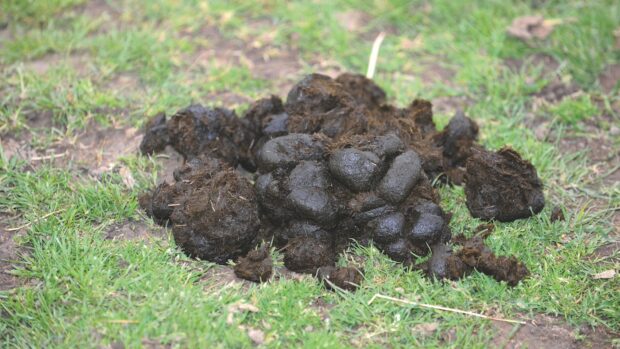Myth: I use wormers all the time, so worms shouldn’t be a problem
Fact: Some anthelmintics (wormers) are not effective against certain types of worms, so there is no guarantee that your horse will remain worm-free unless you choose the anthelmintic carefully. It is important to treat all horses kept together at the same time, unless worm egg counts/tapeworm blood tests show that individuals do not require treatment. A single infected horse that misses a treatment can rapidly infect others.
Myth: Removing droppings from the pasture is a chore and is no use against worms
Fact: Picking up faeces from the pasture is one of the most effective ways of minimising the build-up of worms, particularly in smaller fields that are grazed intensively by many horses.
Myth: Putting sheep and cattle on the pasture is harmful
Fact: Sheep and cattle do have their own worms, but these are not harmful to horses. Co-grazing sheep and cattle is an important way to minimise the build-up of worms that are potentially harmful to horses.
Myth: Horses should be kept in after they have been wormed
Fact: There is no evidence to suggest that this has any beneficial effect. Sudden changes in stabling and turnout can place horses at increased risk of colic. A better way is to maintain normal turnout routines and to ensure faeces are picked up from the pasture regularly.
Myth: Wormers cause colic
Fact: Wormers do not cause colic directly, but if large numbers of worms are killed the resulting irritation to the gut can cause signs of colic.
Myth: Harrowing the pasture is a natural control method
Fact: If you harrow the pasture on a hot, dry day, you will scatter the droppings so the larvae dry out and die quickly. If harrowing is done in warm, damp conditions it simply spreads the infective larvae into the grazing area.
First published in Horse & Hound (11 January, ’07)



